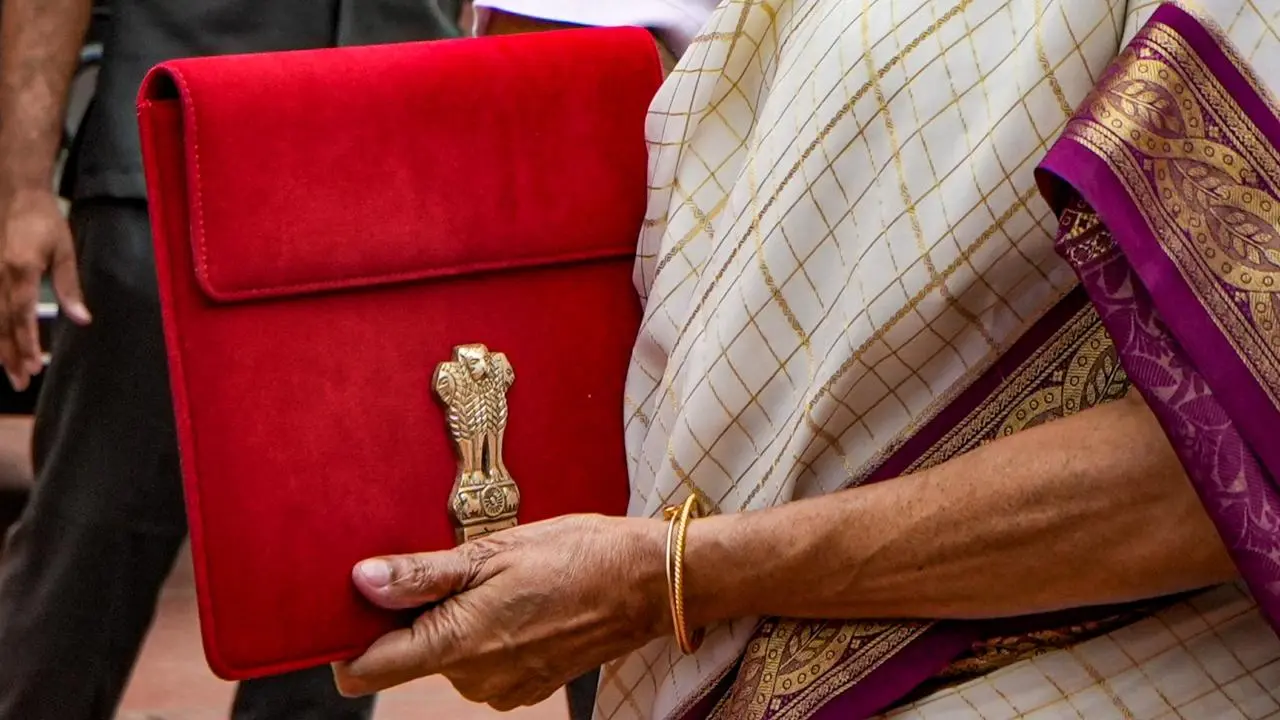Budget Allocation 2024 in India
India’s Union Budget for 2024-25, released on July 23, 2024, priortizes social welfare, infrastructure development, and economic growth. It emphasizes fiscal prudence, while tackling pressing issues including unemployment, inflation, and rural despair. Substantial funding is allotted to key sectors including agriculture, defence, health, and education, aiming for a balanced approach to meet both short-term and long-term objectives.
A significant budgetary aspect is the increased financing for states, implemented particularly in Andhra Pradesh and Bihar, aimed at regional development and minimising inequalities across the country. The federal government emphasised the necessity of providing states such freedom to direct their own growth narratives through specialised financial assistance.

The Need for Enhanced Budget In Andhra Pradesh and Bihar.
Andhra Pradesh’s budget allotment for 2024 increased significantly, with funds directed toward infrastructure, healthcare, education, and agriculture. This boost has been driven by the state’s economic potential leveraging its coastal position and expanding industrial base. It includes a remarkable expansion and maintenance of national highways, facilitating the addition of roadways to increase logistical efficiency and connectivity. Additionally, ₹15,000 crores have been allocated for development.
The state’s marine trade and economic operations rely heavily on these ports, and the modifications are expected to increase their capacity and operating efficiency. Moreover, 1,200 kilometres of upgraded railway tracks would be electrified with the ₹8,000 crores set aside in the budget. The objective of this initiative is to revitalize the state’s railway system, advancing both freight and passenger services.
The budget also addresses critical needs in healthcare and education, aiming to improve the quality of life. As a predominantly Agrarian state, allocating substantial funding for advancing agriculture, ensuring water security, and providing support to farmers is crucial. Therefore, the budget allocates ₹3,000 crores for agricultural subsidies, benefiting over 1.5 million farmers. Additionally, ₹2,000 crores are dedicated to irrigation projects, aiming to increase arable land by 10% and improve water management for farming activities. These measures are designed to comprehensively tackle the state’s challenges.
Similarly, budgetary allocations to Bihar have a significant increase, prioritising social welfare, education, health, and infrastructure. Historically, Bihar’s infrastructure or economy did not develop as rapidly, necessitating major fiscal support to clear this backlog. To enhance education, a total of ₹4,000 crores is allocated for the construction of new universities and colleges, increasing higher education capacity by 20,000 seats. Furthermore, ₹2,000 crores are designated for establishing 100 new vocational training centres, aiming to train 50,000 youths annually and increase employability.
Currently, Bihar’s healthcare system is under a strain, the budget outlines substantial improvements in Bihar’s healthcare sector, with ₹6,000 crores allocated for constructing new hospitals and upgrading the existing ones. This investment aims to add 5,000 new hospital beds, significantly improving healthcare access and quality across the state. Additionally, ₹1,000 crores are set aside for implementing telemedicine services, to reach 10 million people, particularly in remote areas. The budget also emphasizes social welfare initiatives to support a sizable fraction of its population living below the poverty level aiming to uplift underprivileged communities.

The Rationale Behind & Public Reaction
The public in Andhra Pradesh and Bihar, largely view the increased spending as a positive step towards tackling long-standing developmentalchallenges, and local parties have welcomed the central government’s action as an acknowledgement of their developmental requirements. On the other hand, national opposition parties raised the concerns about possible political motivations behind the allocations, demanding for increased accountability and openness in the use of funds.
Addressing regional inequities is crucial for balanced national development, and both states possess significant untapped economic potential. The central government aims to harness this potenial through strategic investments, anticipating contributions to overall national growth. Political dynamics also play a role, as supporting states led by key political allies can bolster the central government’s position.
There is a growing public demand for better healthcare, education, and infrastructure, reflected in the increased budgetary allotments. However, in order to achieve the desired results, money must be utilised promptly and transparently. Effective coordination between the central and state governments is essential to guarantee timely project completion. Identification and resolution of bottlenecks may be ensured by routine monitoring and assessment of financed projects, while involving stakeholders and local communities in project planning and execution can enhance relevance and impact. Ultimately, the effectiveness of these budgetary allocations depends on their proper implementation.
Written by – Arya Jagdish Sawant




